Little is beginning 2022 with the promotion of our first woman CEO in the firm’s 58-year history. Carolyn Rickard-Brideau, who became Corporate President in 2018, was named Little’s third CEO, effective Jan. 1. She succeeds Phil Kuttner, who will remain as Board Chair.
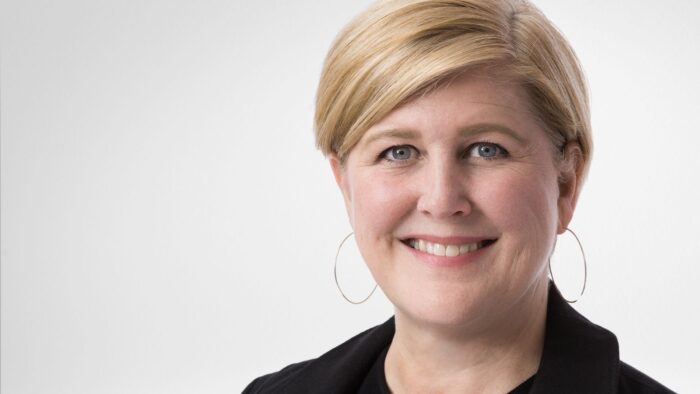
Carol joined Little in 1995 as a Project Architect and said she was fortunate to have a female leader who invested in her and wanted to see her succeed. While many of us know Carol as a natural, seemingly effortless leader, she says leadership was never an end goal when she started her career. “I wanted to be happy, to enjoy my work, and make enough money to help take care of my family. Like many people in our profession who are trained to be systems-thinkers, I ended up seeing gaps that needed tending to. I just focused on solving the problems that might otherwise get ignored.”
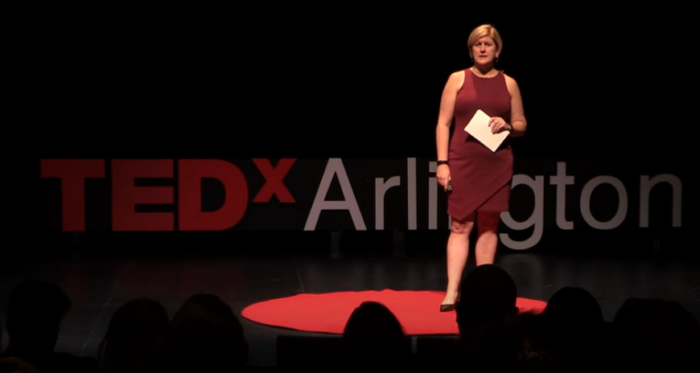
Carol has held several positions during her 27-year tenure at Little, including Office President of the DC office and Workplace Practice Leader, in which capacity she advanced the connection between architecture, human neurobiology, and the WELL Building Standard. She has a passion for salutogenic design and its impact on human wellness, happiness, and productivity. Carol received her bachelor’s degree from The Catholic University of America, her Master of Architecture degree from Virginia Tech and is both a LEED and a WELL Accredited Professional.
As one of only a handful of women to lead a top 100 architecture firm in the nation, we sat down with Carol to learn more about her path to leadership, what inspires her and what she hopes to see in the future.
On Leadership
Q: What skills do you think are essential to being a great leader?
Carol: The leaders who’ve made the biggest impression on me were confident, trustworthy, and genuinely cared about people – our clients, the people we served, the team, the company, and the world at large. Their steadfast belief in what we could accomplish together created a shared responsibility to each other; no one wanted to let anyone else down. They helped me understand how an aligned team could magnify results exponentially.
Q: What is the most important lesson you’ve learned in your career to date?
Carol: To treat people with dignity and respect and to value them for the unique gifts they embody. I have met people who’ve seen all their worldly possessions washed away in a monsoon rebuild their lives without a sniffle. I have known “titans of business” who become reduced to tears over the mistreatment of an animal. I have seen people called “disabled” do astoundingly complex and beautiful things that I would never be able to replicate. Life is a rich pageant, and to have preconceived notions about people frequently leads to wasted time.
Q: Who inspired you to be a leader and why?
Carol: Leadership, in and of itself, was never a goal of mine. However, I would say that people like Bill Little – the person who added “What’s in it for the other person?” to Little’s culture – inspired me to take responsibility for making every situation better. To step a little farther out on a limb and try things I would have never had the confidence to do otherwise.
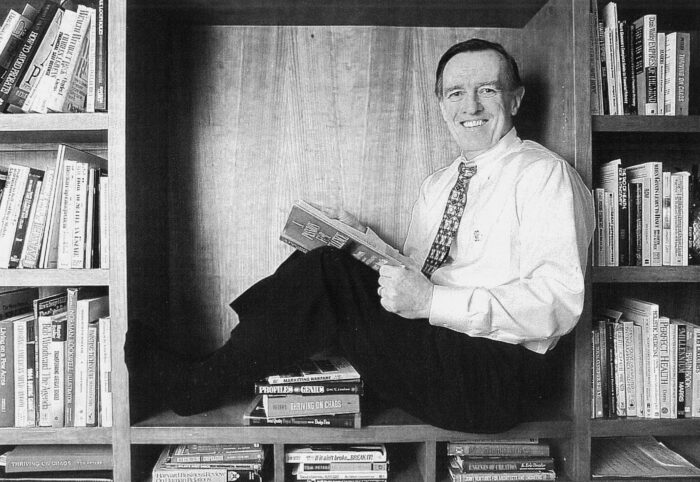
For me, leadership became about accomplishing something for someone else – a client, a co-worker, a community. Every time we reached our goal, I realized that I had learned something myself. I started to understand what came naturally to me, what I had no clue about, what I saw someone else do that I could learn to do in the future. It broke the abstract concept of leadership into something more understandable to me. Leadership came to mean rallying a group around a common goal to achieve something bigger than any of us could have done on our own. It also meant appreciating the unique contributions each person makes toward that goal.
On Women in Leadership
Q: How can women develop their leadership skills?
Carol: Like anyone can – by being curious about things and looking for answers. Self-awareness is the starting point. Find a leader who believes in you and ask for honest feedback on what they see as your strengths and challenges. Then ask for a chance to stretch, to try something different, to play a small part in a project pursuit, to assume primary responsibility for something (a task, a project, a client relationship). Stand on the shoulders of others – ask for mentoring from someone you respect, but keep in mind that mentoring isn’t the only way to gain value. You can ask lots of people about subjects or issues you’re interested in, both inside and outside your company – 95% of the time, the person you ask is happy to talk to you as long as you’re focused on something specific and are respectful of their time.
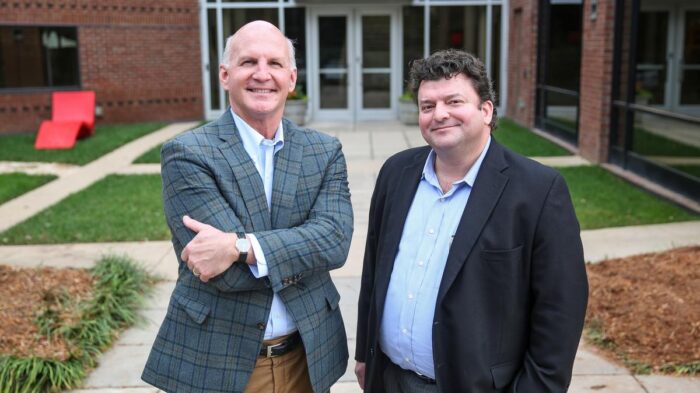
I have been lucky to have seen our outgoing CEO, Phil Kuttner in his role over the last 27 years. Just watching someone operate at such an extraordinary level helps you understand what goes into leadership. While Bill Little was the founder of our company and set us on a path to create a very different kind of design firm, Phil is the visionary who made our company into what it is now. But you’d never know it. One of the best lessons I ever got was seeing how Phil gives the credit for every idea, every success, to someone else, recognizing the power of the team while remaining humble.
Q: How can women support other women in their organizations?
Carol: Develop relationships with other women, let them know what your goals are, ask them to keep an eye out for the kind of experiences and exposure that you seek and ask them to advocate on your behalf when they see them. But honestly, do this with every leader, not only women. The biggest reason I’m in this position now is because of the opportunities Bill and Phil gave me. There are leaders everywhere who want to see you succeed. Your success is a measure of their success, and ultimately, their legacy.
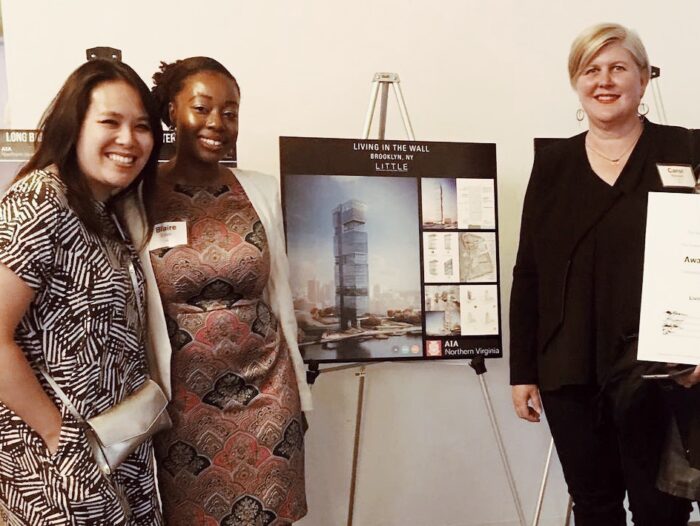
Q: Why aren’t there more female leaders in this profession?
Carol: Years ago, the AIA did a deep dive into why many women get degrees in architecture but don’t get registered. They ultimately figured out that women frequently saw gaps in their family needs – important parts of family life like the children or household issues – and they felt guilty not being the primary person handling them, so many stepped away from working outside the home. And with fewer registered women architects, there were fewer to elevate, and many of them were already stretched too thin.
However, there are far more men deeply engaged in family life than they were 40 years ago and they are sharing those responsibilities with their partners. Companies also recognized the benefits of having both capable women and men in leadership for the different perspectives they bring.
Q: What advice can you give to those women (or men) who strive to be in your shoes?
Carol: Don’t strive to be in my shoes – or anyone else’s. Being unique may not have been fun in high school, but it’s critical for adults. Determine what you want to do and how you want to grow, and that will tell you what opportunities to pursue. Do you dream of ways to detail a curtain wall? Are you great with people? Do you doodle new fonts in the margins of your notes? Are you constantly coming up with a way to streamline your work? Are you good at herding cats? There are real, meaningful, important positions that go along with each of those skills (EVEN the cat one…ESPECIALLY the cat one). You can find a path to leadership from almost any position. Each critical skill dovetails with someone else’s to make the complete, whole.
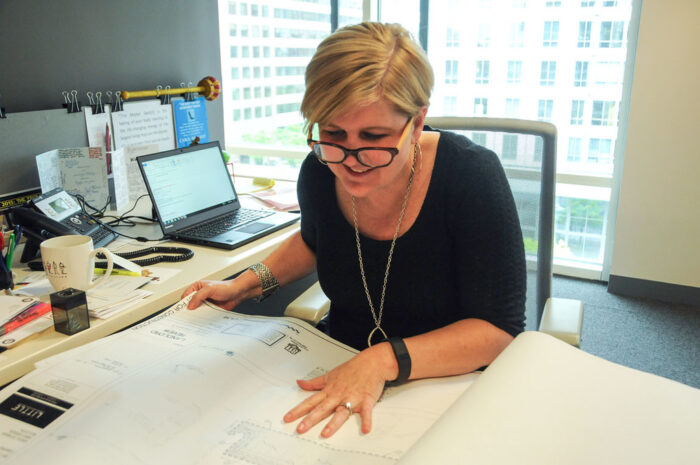
Q: What advice can you offer to women who want a career in the architecture industry?
Carol: For anyone interested in the AEC industry, especially women and people of color, I would say: “We need you, come join us!” Call or email someone already in the industry, ask for 15 minutes (everyone can spare 15 minutes) and interview them about the things you want to know about the industry and the work.
If you’re the kind of person who helps elevate everyone else in the room, has an abundance mentality (there’s plenty enough to go around), is good at building on the ideas of others, has a particular talent for verbal or graphic communication, can grasp the big picture or the tiniest detail…the industry really needs you! People in design can change the world. Literally. And how we do it matters. A lot.
On Equity, Diversity & Inclusion
Q: A lot has changed around the focus on DEI in the past few years. Why do you feel it’s important?
Carol: As designers, having a deep understanding of the issues that we’re designing for is critical. How can you possibly design the best solution if you only understand one facet of it? Or if you don’t understand how your solution may make things worse?
True diversity – the gathering of people with different ethnic and cultural backgrounds, experiences, disciplines, generations, genders and views – daylights issues and perspectives that when reconciled make a solution stronger. Charles Todd (Little’s Chief Operating Officer and the person I work with most closely) and I are an example of that. We rely on each other to bring different, and hopefully competing, ideas to the table, finding the best parts of each idea to reveal a better solution.
Q: As a leader, how do you stay mindful of who’s at the table and who’s missing?
Carol: Diversity is how nature ensures survival and sustainability. It’s in our formal name (Little Diversified Architectural Consulting) because we want to have all different kinds of minds at the table – engineers, planners, architects, interior designers, filmmakers, environmental graphic designers, people in finance and marketing – because outcomes of a team like that have an all-encompassing impact.
We also need to be aware all of the people who come in contact with one of our projects – clients, end user and occupants, the people they serve and the communities they’re a part of. These groups are frequently overlooked in the design process and their voices matter in the true success of a project.
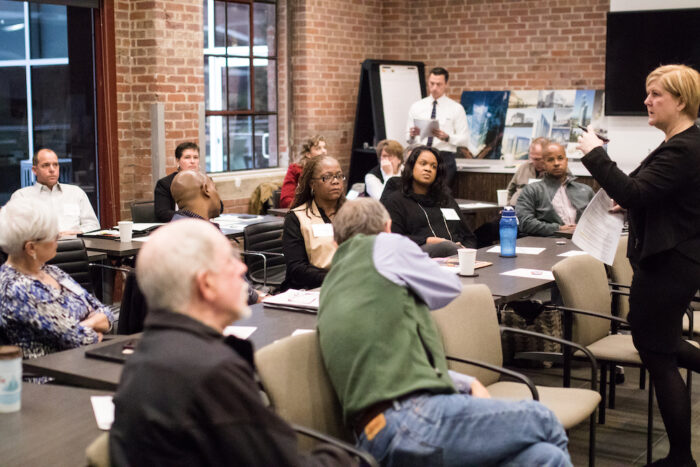
Buildings and spaces don’t last forever. But if we’re doing our jobs well, they’re around for a pretty long time. Staying mindful of who is not at the table – not just people in leadership, but people using the space, people who visit the space, people in the surrounding community – gives buildings and spaces the greatest possible value for our clients and society.
On Balance, Career & Inspiration
Q: How do you balance career, motherhood, personal life, and passions? Is there such a thing as balance?
Carol: I don’t think balance – an exactly equal amount of weight on both sides of a center point – is achievable. I think balance means that the things in your life are in alignment with what you want or need. I realized over the years that moments of alignment can be rare at certain times of your life. The needs of young children, an imminent deadline, or an aging parent can throw them out of whack, but I have also learned the importance of bringing things back into line. It hasn’t always happened on my timeline, but it has happened eventually.
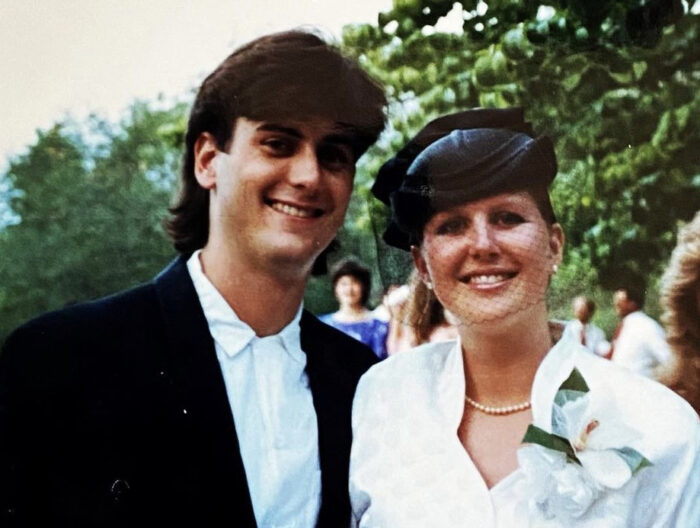
I’ve had the great blessing of a calm, steady presence at my side for the past 37 years, without whom I can’t imagine any of this having happened. My husband Scott has been a true partner; the person who has helped me raise two children, has made room for me to accept every opportunity and passion I have wanted to pursue, who holds me together when I come unglued, and who cheers me on louder than anyone else. Has it always been smooth? Not by a long shot, but it’s been a fun trip.
Q: Where do you find support and inspiration?
Carol: That’s an easy one. I find support and motivation, but also energy, interest, strength, and joy from people all around me; from people I know well and people I don’t. The natural world is a constant source of wonder and inspiration for me. I am constantly in awe of the magnificence I see in the natural world and the way it makes me feel to be out in nature.
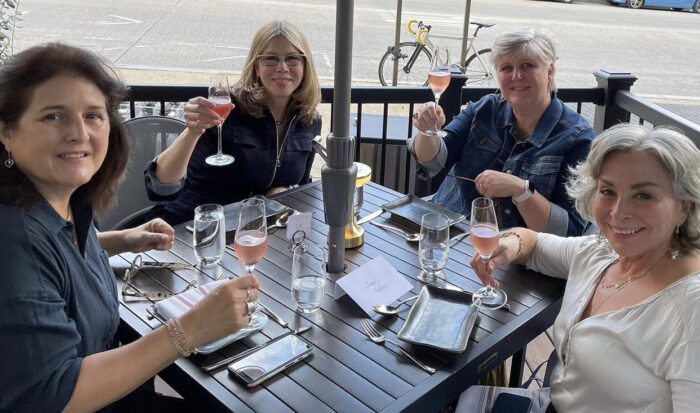
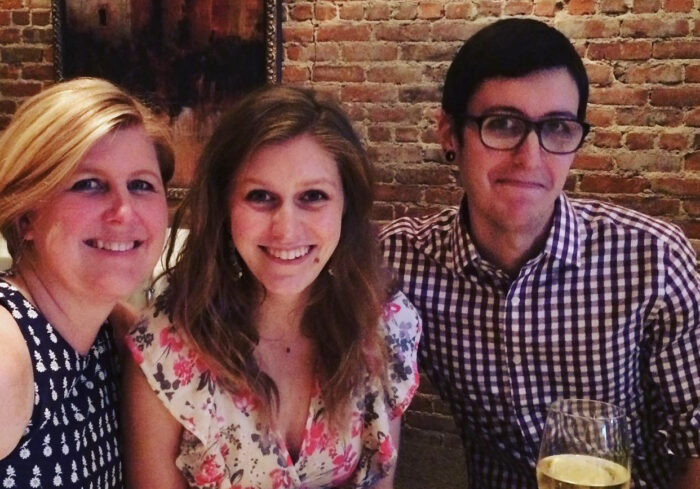

Q: What would you do differently in your career if you weren’t an architect?
Carol: I don’t think I have the talent to do anything else. Is there anything else? There’s not, right? Honestly, when you’re in design, I think it’s just who you are.
On the Future
Q: What has you most excited about the future?
Carol: We exist at an incredible time. There are enormous, world-changing challenges all around us. As designers, we have the curiosity, appetite, and ingenuity to help solve many of these challenges – at least to engage with other experts to begin solving them.
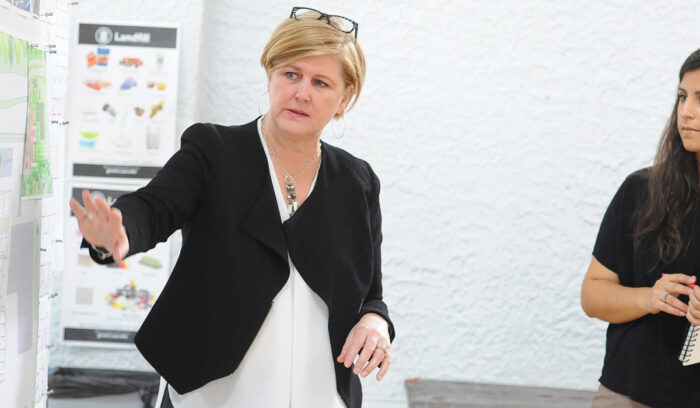
As designers of the built environment, we play a key role for our clients and communities with every project. When we listen to them well and focus on solving their important problems, we amplify our power to make real change. When we elevate their performance by delivering results beyond architecture, we have the opportunity to change peoples’ lives in meaningful ways.
I feel that our wide range of diverse services – and people – uniquely position us to address some of the most urgent issues of our time. What we arrive at together will be the result of maximizing the power of our combined strengths. Those outcomes will have a lasting impact on our employees’ and clients’ lives for this generation and beyond. I couldn’t be more excited about the future of Little. Our goal, to practice regenerative design, is not only relevant to our clients but will heal many of our communities and, ultimately, the earth.
What gets me excited to come to work every day? Working with the dedicated and wildly creative people at Little to tackle the day’s challenges, uncover amazing solutions and make a difference in the world. I’ve been here for 27 years, and I haven’t been let down yet – how great is that?

